Home computer or office computers are usually not blocked by firewall by default. However, if you want to run a web server from home or from your office, then you need to make sure that there is no firewall blocking ports which your web server uses. That is why many home users or small business owners often do not know how to check if a port is blocked by firewall. Fear not! In this article, we will teach you how to check if a port is blocked by the firewall with ease.
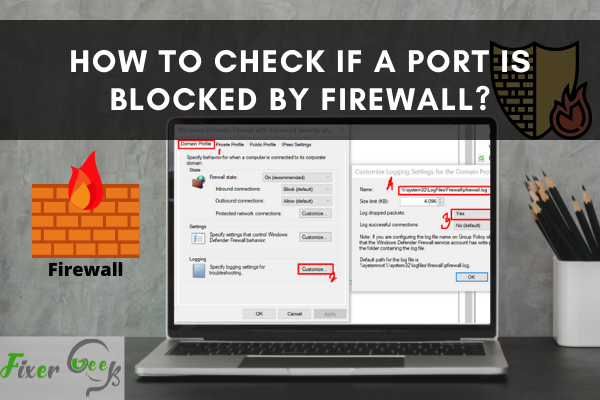
A firewall is the security system for the computer. We often use our device for data transfer, sometimes unwanted virus attacks the system and makes trouble with the system. To protect the computer developer builds a firewall in the computer. This firewall closes the ports if there is any threat to the computer. Here we discussed the process to find the blocked port made by the firewall.
Checking the Blocked Port
There are two ways to find the blocked port by firewall. Both methods are discussed below.
First Way
- At first, go to the search option of your windows search bar.
- Now search ‘Control Panel’ in the box.
- Open the ‘Control Panel’ Software from the search.
- Now, change the View by option from the ‘Category’ to ‘Large icon’ or in the ‘Small icon’ from the top right corner of the screen.

- Now select the ‘Administrative Tool’ option from the top left corner of the Control Panel page.
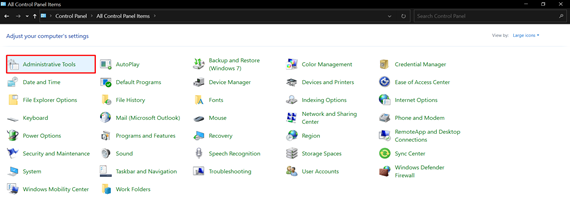
- A new file manager window will appear at this time. Scroll down and find the ‘Windows Defender Firewall with Advanced Security from the bottom of the list.
- Double click on the ‘Windows Defender Firewall with Advanced Security’ shortcut to open the windows firewall software.
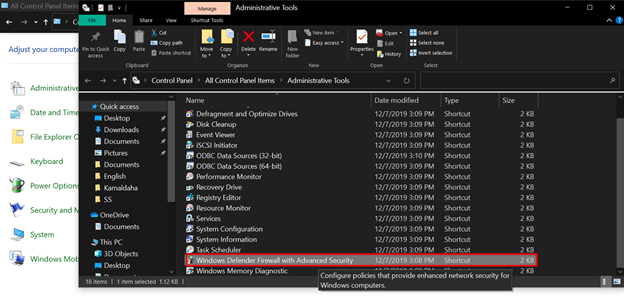
- Now select the action option from the top left corner of the firewall software.
- Select the ‘Properties’ option from the drop-down menu.
- A new window will pop up now. At first, select the ‘Domain Profile option from the top left corner of the window.
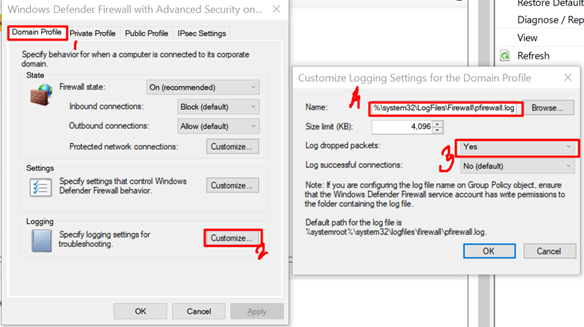
- Now choose the Customize option under the Logging box. Then a new table will appear after this action.
- Change the ‘Log dropped packet’ No (Default) to Yes in this step.
- Copy the name on the top of this table.
- After that, open a Notepad file and paste the copied name in the Notepad.
- Copy the name before ‘pfirewall.log’ from the Notepad.

- Close the Domain profile table by clicking on the Ok button of the table.
- Search and open the ‘Run’ app from the PC.
- Now paste the copied profile name in the Run app and hit enter the button on the keyboard to open firewall files in the File Manager.
- Finally, open the firewall Text document file. If the file is blank, then your port is not blocked by the firewall.
Second Way
- First, go to the windows search bar and type ‘Command Prompt’ in the box.
- Now click on the application name by the right key of the mouse.
- Click on the ‘Run as administration’ option from the drop-down list. Then-Administrator: Command Prompt will be opened.
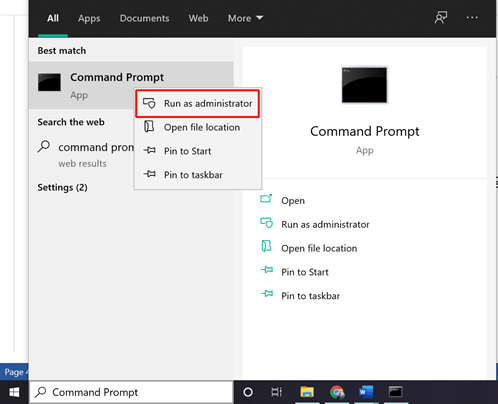
- At first, type ‘cd’ in front of system32> then hit enter button.
- Now write ‘cd users’ and press enter to progress the command.
- Then write ‘dir’ in the following line and press enter to continue.
- Now user’s profile name will be shown. You will find your profile name in the position of the red arrow In figure 8.
- Type ‘cd profile_name’ in the following line.
- The red box area in figure 8 shows the port status of the firewall.
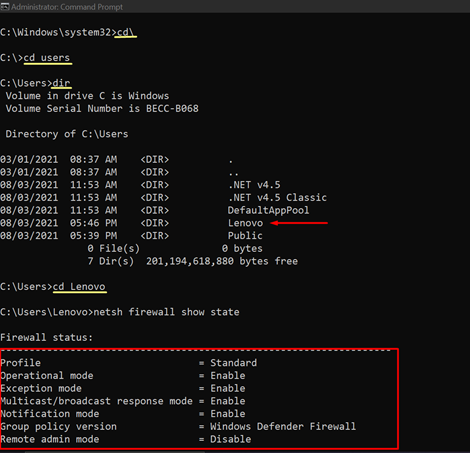
Summary: Check if a Port is Blocked by Firewall
- First, make sure you are using an account with admin privileges.
- Click the Start button, then click the lock icon to unlock it and give yourself permission to make changes.
- Click the System and Security link.
- Click the Allow a program through Windows Firewall link.
- If you don't see this link, click the Allow another program button to add programs.
- If you don't see a list of programs that can access your network, select the check box next to each type of network
- private and/or public at the top of the list to turn on sharing for each type of network.
- Otherwise, scroll through the list of programs and allow access to any program that's in use by selecting its check box.
- Then click OK when finished.